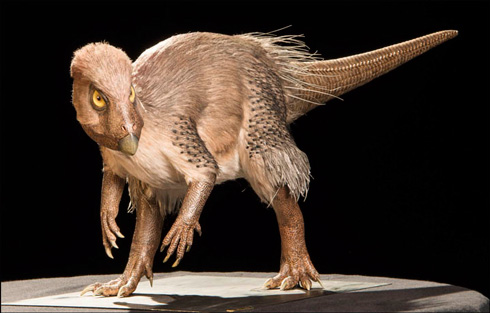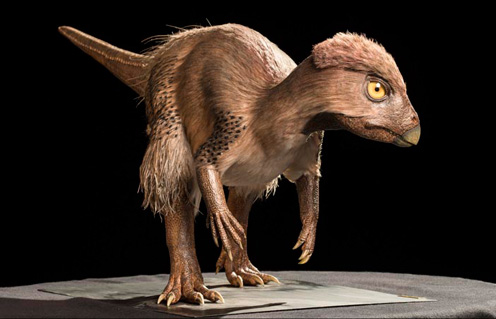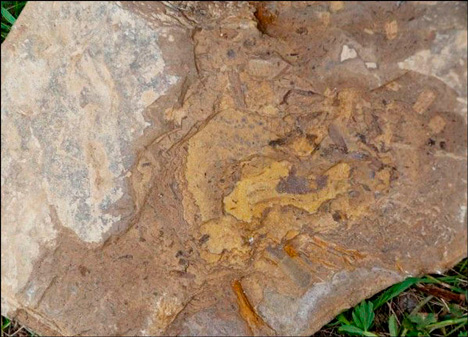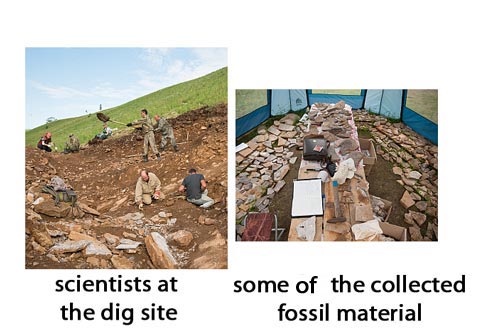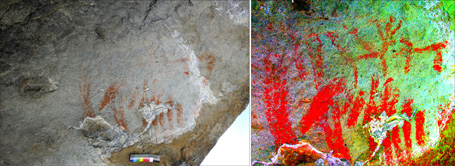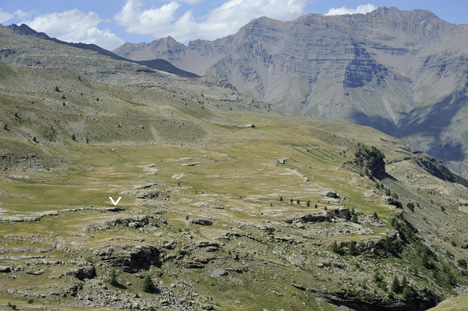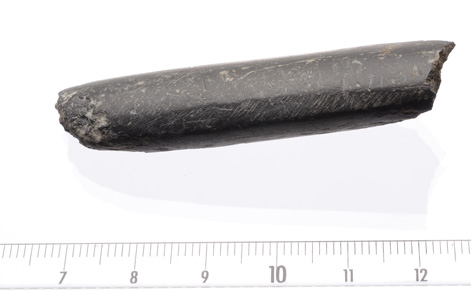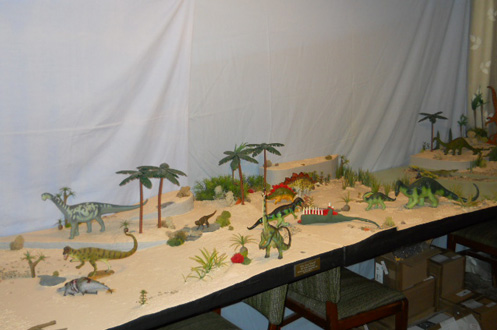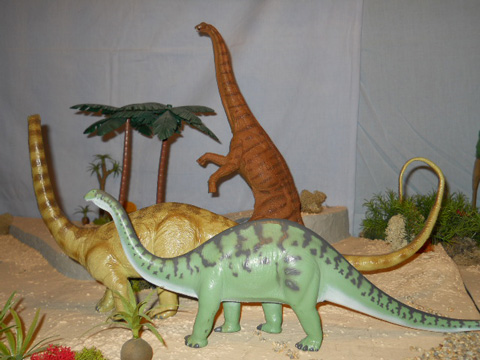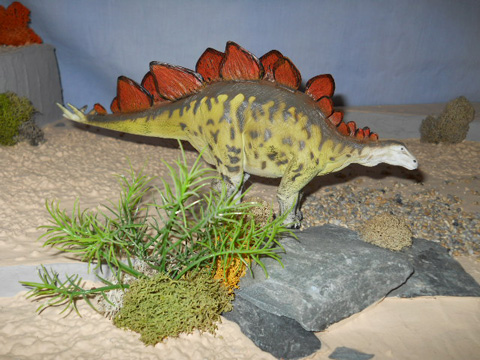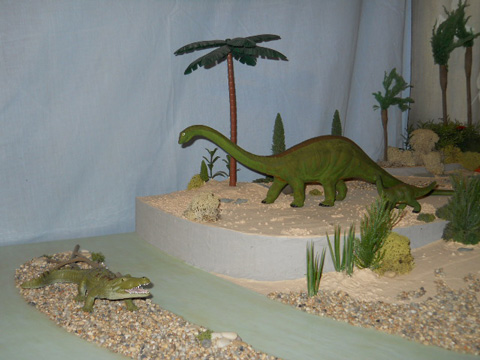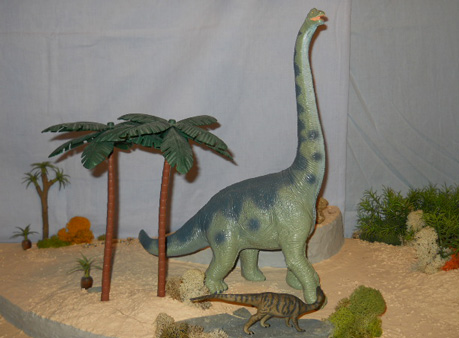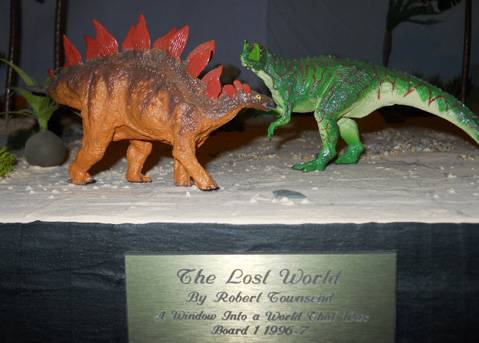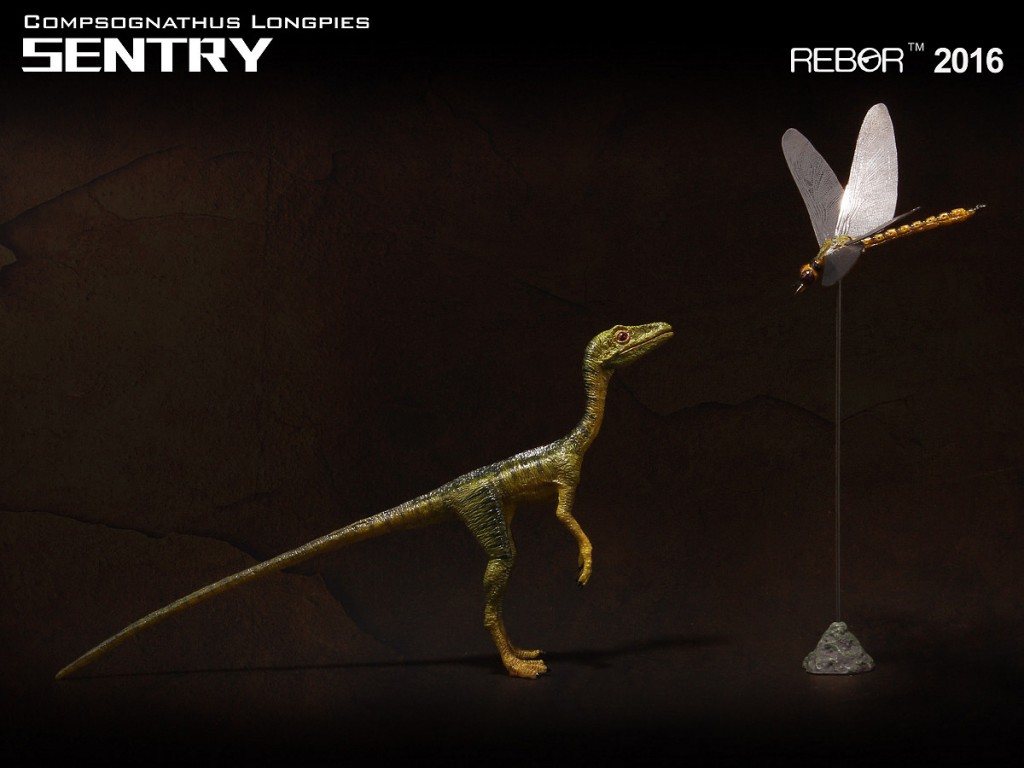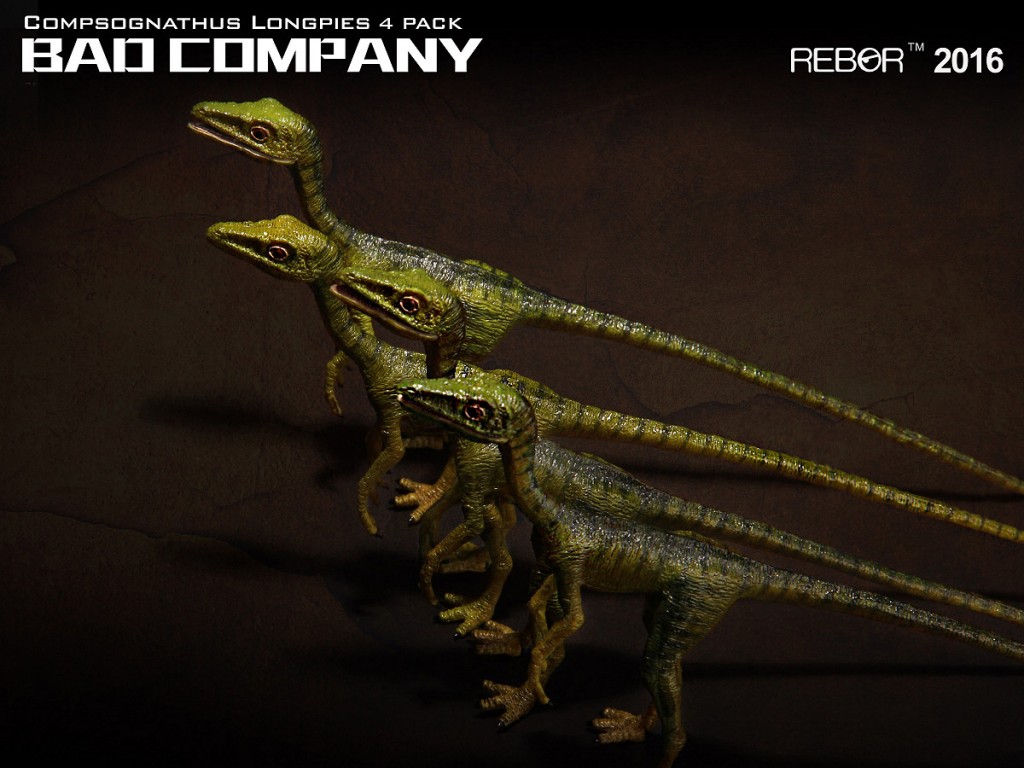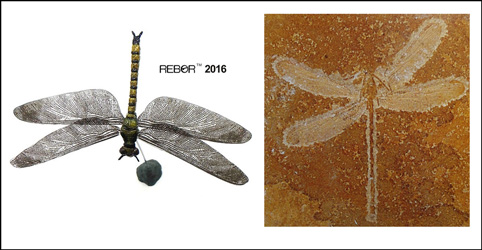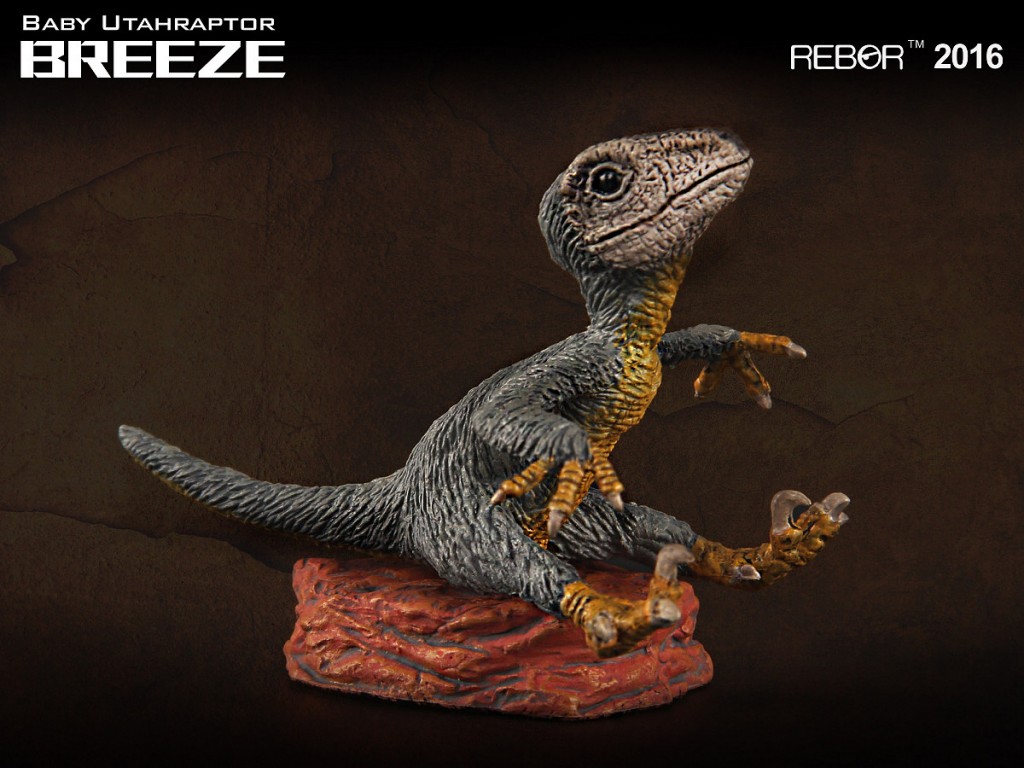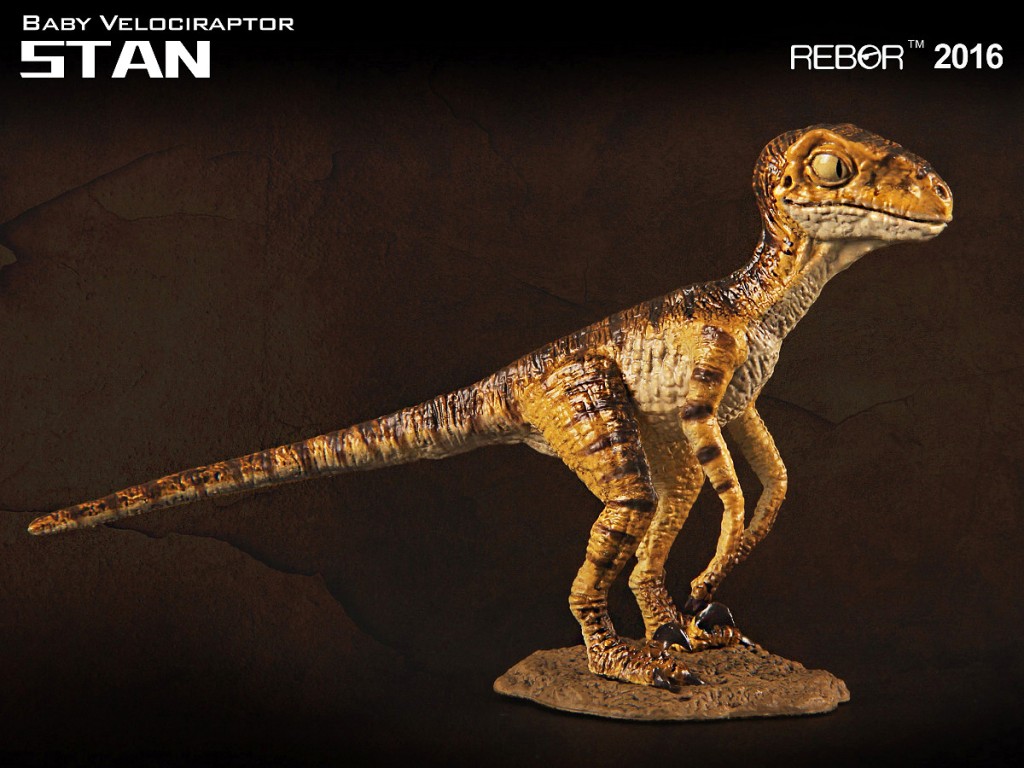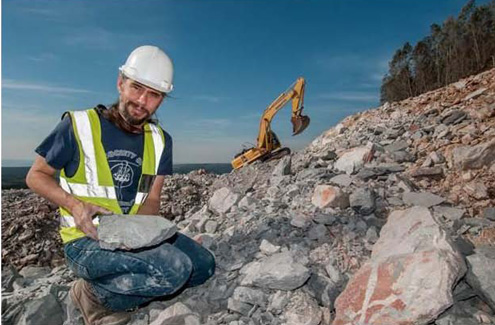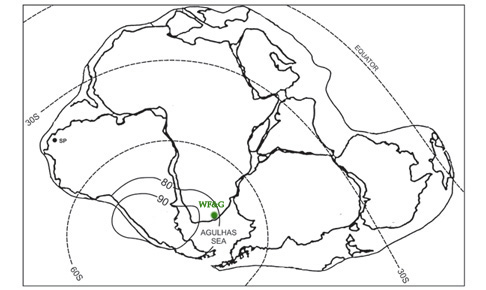Kulindadromeus Gets Its Coat of Feathers
Reconstructing the Feathered Kulindadromeus zabaikalicus
The remarkable Kulindadromeus (K. zabaikalicus), the earliest known member of the Ornithischia (bird-hipped dinosaurs), to have been feathered has been reconstructed as part of a dinosaur exhibition currently on display in Japan. The beautifully made, life-size model of this early Middle Jurassic herbivore will provide visitors with an opportunity to see for themselves how some of the Ornithischia evolved into feathered forms. Kulindadromeus suggests that perhaps, the majority of dinosaurs, not just the theropods were covered in a coat of feathers.
Kulindadromeus Model
A Life Size Model of Kulindadromeus zabaikalicus
Picture credit: T. Hubin/RBINS
It was back in the summer of 2014 that Everything Dinosaur reported upon the discovery of an extensive bone-bed that preserved the fossilised remains of a number of specimens of this dinosaur. The rocks represent strata that was laid down sometime between 175 and 160 million years ago (Middle Jurassic Period).
To read an article by Everything Dinosaur on the discovery of Kulindadromeus: Did All Dinosaurs Have Feathers?
The Kulindadromeus fossil material comes from a site on the banks of the River Olov in the TransBaikal region of Siberia. Dr Pascal Godefroit (Royal Belgian Institute of Natural Sciences), one of the scientists responsible for naming this little, one-metre-long dinosaur back in 2014, has commissioned the reconstruction of a life-sized model of this feathered animal along with a replica of its skeleton.
A Model of the Skeleton of Kulindadromeus
Picture credit: T. Hubin/RBINS
Kulindadromeus was very probably bipedal and it may have lived in flocks, just like many birds do today, but it was not very closely related to Aves (birds). It had filamentous structures covering most of its body, including its head, chest and neck. The more complex feather-like structures were restricted to the upper arms and the top of the legs, an arrangement of feathers found in many fossils of small theropod dinosaurs excavated from Lower Cretaceous strata in the famous Lioaning Province of China. The long tail, that made up at least forty percent of the animal’s entire length may have been completely devoid of feathers, just covered in scales, giving this dinosaur a “rat-tailed” appearance.
Kulindadromeus Could Not Fly
Standing around sixty centimetres high at the hips, this fast-running dinosaur could not fly. Instead, the feathers probably served as insulation to help keep this active, little animal warm.
Visitors Will Get the Chance to Look into the Eyes of Kulindadromeus
Picture credit: T. Hubin/RBINS
Fossils of this curious dinosaur were uncovered in a series of field expeditions between 2010 and 2013, one of the leading researchers was Dr Sofia Sinitsa (Institute of Natural Resources, Ecology and Cryology) from the Siberian city of Chita. When the discovery of Kulindadromeus was announced, it led to wide speculation that all dinosaurs could have possessed some form of integumental covering. Currently, Dr Maria McNamara of Cork University (Ireland), is working on a study of the microstructure of the animal’s “proto-feathers”. A scientific paper detailing this research is due to be published soon.
Commenting on the significance of Kulindadromeus, Dr Godefroit stated:
“It is a big discovery. It has completely changed our vision of dinosaurs. The animal had a short snout, long hind legs, short arms and five strong fingers. It had reptile-like scales on its tail and shins, with short bristles on its head and back.”
Hundreds of Bones Excavated
During the course of the summer expeditions, the joint Belgian-Russian team excavated a vast amount of Kulindadromeus fossil material, as well as insect and plant fossil remains.
Kulindadromeus Fossil Material from the River Olov Site
Picture credit: T. Hubin/RBINS, V. Shevchenko
In the field photograph of one of the fossil slabs from the dig site (above), Kulindadromeus bones can be made out in the bottom right hand corner of the piece of rock. Danielle Dhouailly, an expert on bird feathers from the Universite Joseph Fourier in La Tronche (France) explained:
“The feathers look like down feathers from some modern chickens. When we compare them with the leg scales, it looks as if the scales are aborted feathers, an idea that has been suggested to explain why modern birds also have scaly, bare legs.”
On Display at the Tokyo National Museum of Nature and Sciences
The wonderful Kulindadromeus replica is currently being displayed at the Tokyo National Museum of Nature and Sciences.
Dr Pascal Godefroit added:
“I was really amazed when I saw this. We knew that some of the plant-eating ornithischian dinosaurs had simple bristles and we couldn’t be sure whether these were the same kinds of structures as bird and theropod feathers. Our new find clinches it, all dinosaurs had feathers, or at least the potential to sprout feathers.”
The discovery of Kulindadromeus and the identification of feathered ornithischians raises the tantalising possibility that the common ancestor of both the Theropoda and the ornithischian dinosaurs, which might have lived more than 235 million years ago, may have been covered in feathers.


